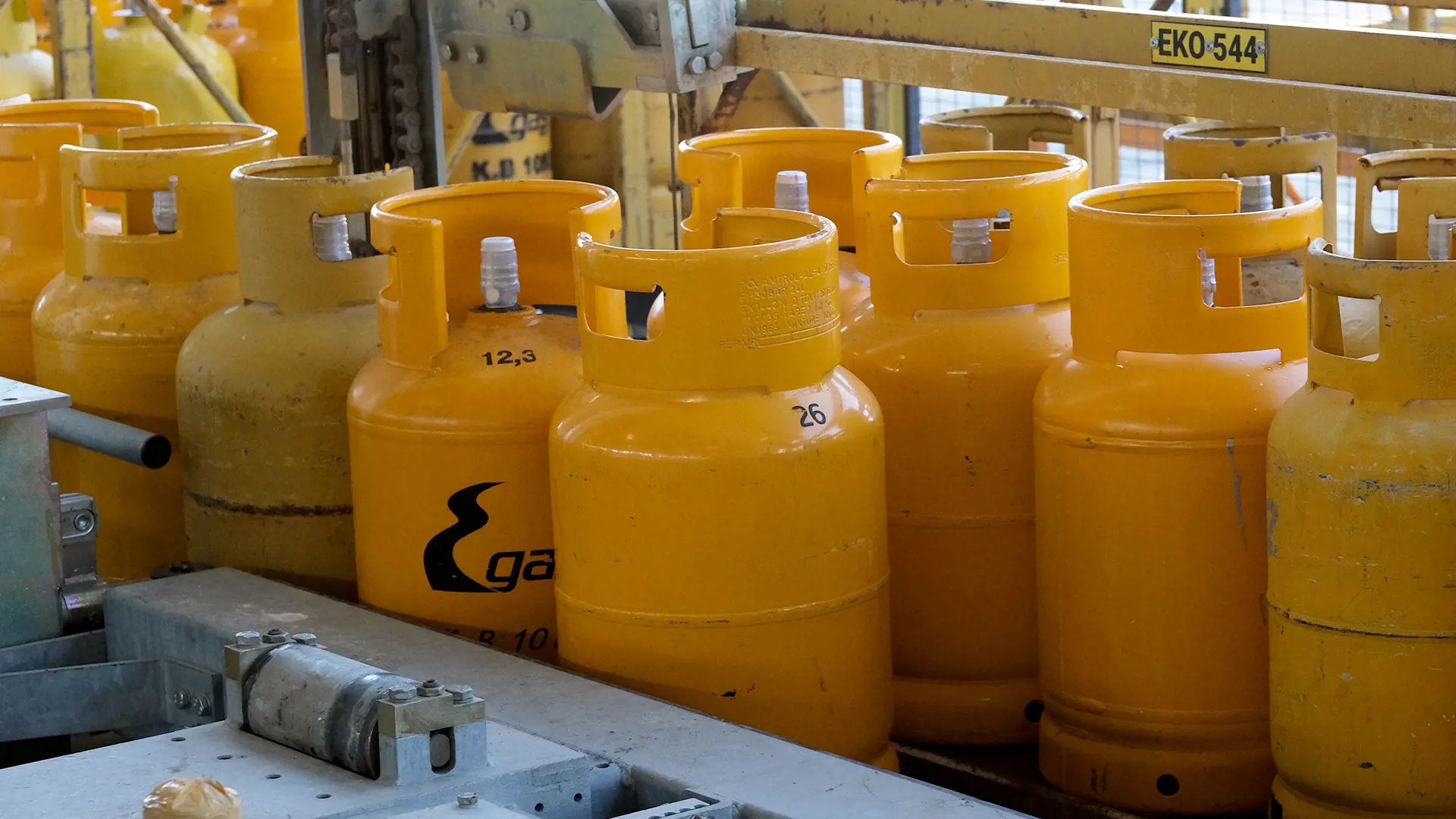Along with the wide variety packaging options comes a corresponding variety of transportation options. LPG can reach the people who need it either by sea, rail or road. A choice that is only possible because LPG can travel around freely. Unlike natural gas and electricity, it is not tied to any lines, and you can therefore move it without needing a complicated infrastructure setup.
The ease of storing and transporting LPG is the reason why this fuel is accessible to everyone everywhere – and one reason for choosing it. LPG can travel to even the remotest areas, and on islands, in mountains or in communities far away, it might be the only sustainable energy option.
Reason #04: LPG is environmentally friendly
By nature, LPG is an environmentally friendly fuel. That is a fact. If you for instance look at its carbon footprint – the sum of its greenhouse gas emissions – LPG stands out as one of the cleanest conventional fuels. Unquestionably, that is something the environment likes.
As a specific example, let us focus on its emission of CO2 – a greenhouse gas that is often pointed out as a significant enemy to the environment. But using LPG can make a positive difference on the bottom line. In comparison, LPG emits about 50% less CO2 than coal, 20% less than heating oil and 59% less than wood. And you will find similar figures if you look at other greenhouse gases.
However, LPG is not only good on its own. It is also regarded as an important vehicle in the journey towards a viable and clean energy cycle. Together with natural gas, it can pave a sustainable way forward, both directly and in combination with renewables like wind and solar energy.
To make LPG’s good qualities even better, a new product has entered the market: bio LPG. A fuel that can either be used instead of or mixed with conventional LPG. It functions just like the LPG you know, but it is extracted from food waste or vegetable oils – and consequently emits even less CO2.
LPG’s environmentally friendly nature is improving indoor and outdoor air quality – and one of the reasons for choosing it. Even if luck runs out and a leak occurs, it is still a textbook example. It will not pollute the soil, water or underground in the area.









